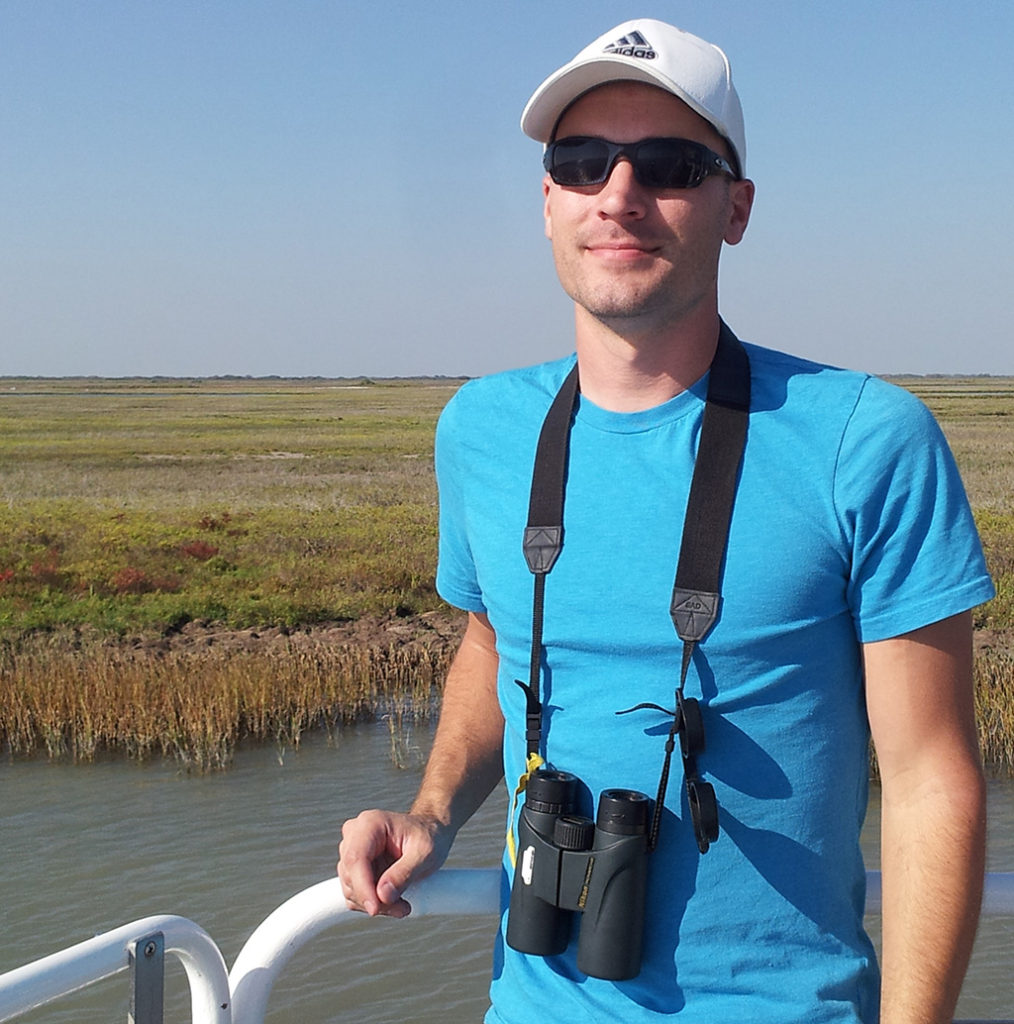
Ph.D. Candidate, University of Alabama
Conference Travel Grant Type 2 (Society of Wetland Scientists)
The Influence of Topography on Soil Properties and Resident Bacterial Communities in Weeks Bay, AL
“Each year, efforts are made to restore wetland habitats critical for maintaining healthy coasts. One of the most important ecosystem services provided by wetlands is the ability to remove excess nutrients from waters before they enter the ocean. Because sediment microorganisms carry out much of the nutrient removal, understanding the complexity and composition of these communities is necessary. Currently, limited information on the composition of the resident soil microbiota, both prior to and after restoration efforts, is available. To evaluate the composition of microbial communities in a natural wetland, soil samples were collected at Weeks Bay National Estuarine Research Reserve (WBNERR) across an elevation gradient in which marsh transitioned into shrub and forest wetlands. At each sampling location, abiotic factors (pH, salinity, redox potential, soil organic matter) were measured. Across the elevation gradient, clear shifts in edaphic characteristics were identified. Percent organic matter, redox potentials, and pH were found to increase with higher elevation, while salinity decreased. Analyses of the resident bacterial communities showed distinct shifts in composition between the six sampling locations that likely correspond with changing edaphic properties. These data demonstrate that alterations in environmental conditions have dramatic effects on the composition of the resident soil microbiota, which influences the functionality of the ecosystem. In the future, data from this study could be used as a baseline for making management decisions and supporting restoration projects to reestablish ecosystem function to degraded wetlands by focusing on edaphic characteristics and soil microbial communities.”
